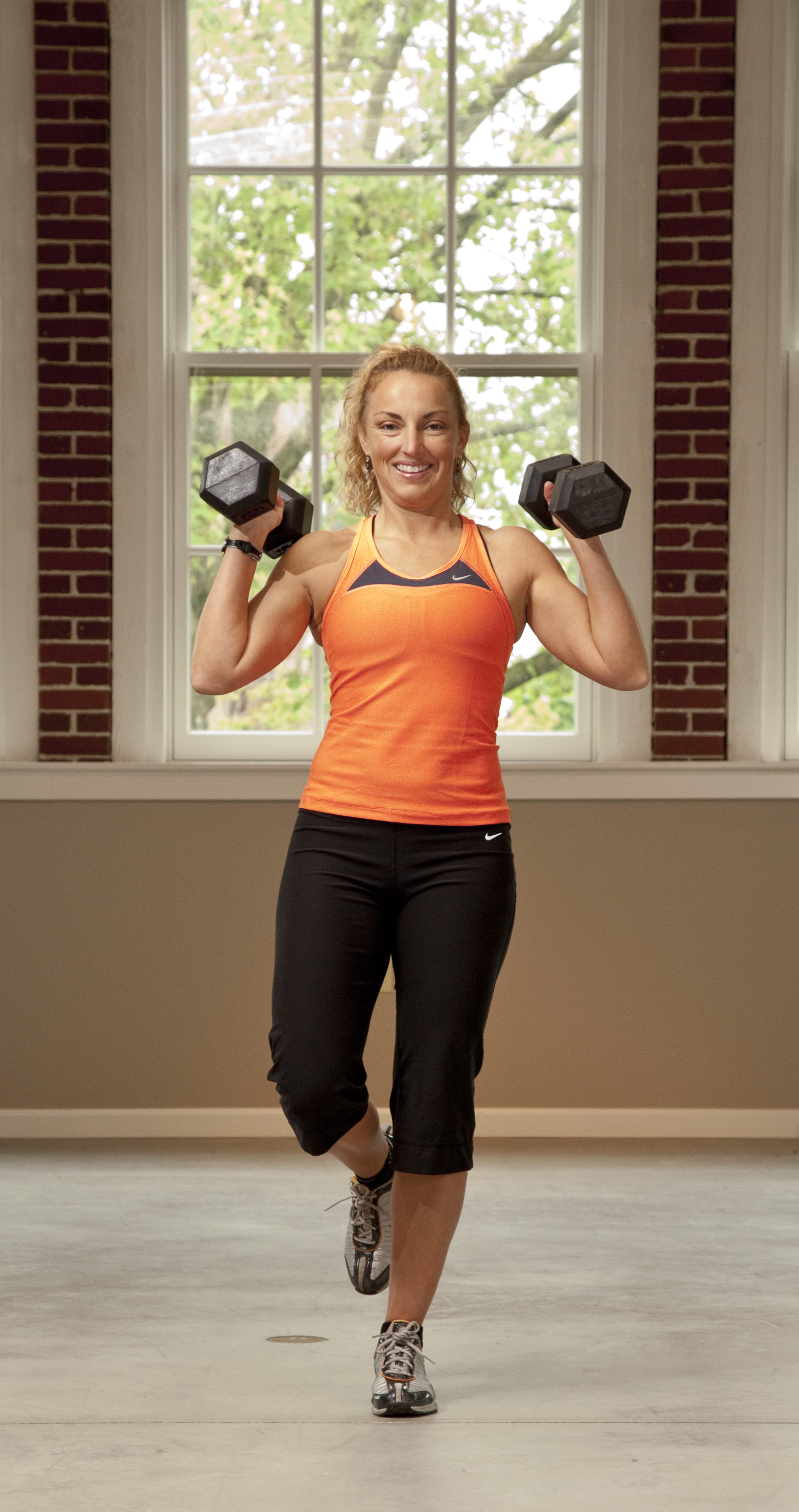An athlete, older or not, who pays particular attention to balance conditioning will notice an improvement in their coordination and their ability to transfer strength to their sport movements. Studies also indicate that athletes who have suffered from an injury are more likely to experience re-injury. This reoccurrence can be linked to the athlete failing to incorporate balance training into their rehab program.
Today, injury rehabilitation almost always includes a number of different balance exercises to ensure the patient develops kinesthetic body awareness. This helps restore their previous level of coordination, agility, strength and endurance. Balance training is absolutely critical for restoring normal functioning of joints and muscles. Without balance training, the healing joints and muscles are not as proficient at staying in their neutral, safe positions and may function inappropriately under unforeseen conditions, thus causing re-injury.
You don’t need a tightrope to train your balance system!
Here are a variety of basic exercises to help you implement this type of training into your workouts anywhere with minimal equipment.
One-legged stance: Begin by standing on one foot. Slowly bend your knee, lowering your body a few inches and then back up again. Make sure your knee points straight ahead and maintain proper, upright posture throughout the entire exercise. If your balance isn’t very good to begin with, you may want to have something sturdy close by to hang onto in case you lose your balance. Perform 20 reps each leg. Do this exercise while brushing your teeth, talking on the phone or making dinner — that way you’ll easily fit it into your day. As you get better, try this exercise with your eyes closed, which would display a more advanced level of balance (not while cooking though :)).
Upper body + one-legged stance: It’s also easy to implement balance training while doing traditional upper-body exercises. Replace any exercise that you would generally do standing on both legs with standing on one leg. For example, bicep curls or shoulder presses on one leg.
2-by-4 training: Head down to your local hardware store and pick up a long piece of wood. You can walk across the board like you are on a tight-rope, then do it up on your toes and then try it walking backwards. You can shuffle side-to-side across the board. You can catch and throw a ball to a partner while maintaining balance on the 2-by-4. Your options are endless. You can also do this along a curb or a log at the beach or park.
Exercise balls: Any exercise you would do sitting or laying on a bench can be advanced by incorporating a stability ball (they look like a big beach ball only much more sturdy). By sitting on an exercise ball and performing say, an overhead shoulder press, your stabilizing muscles have to work much harder because you are positioned on an unstable piece of apparatus. The same goes for laying over the exercise ball and performing say, a chest press. By laying on the ball instead of a bench, your stabilizing muscles are challenged to a greater degree.
Sports: There are some sports that will condition your balance without you even having to think about it. For example, ice-skating, inline skating, alpine skiing, snowboarding, and water-skiing are sports that will maintain high levels of balance as you age.
Perform the above exercises three or more times per week and you’ll notice a substantial difference in your balance.
Note: We are hosting a Running Clinic every Wednesday at 5:30 p.m. starting May 8. Running is another activity that will keep you strong and agile.
We have also started our Spring Makeover Challenge. It’s a fun and friendly competition to help inspire you to take the actions necessary to lose weight and get in great shape for summer. Sometimes losing a few pounds helps your balance and stability too! Sign up now before teams fill up!
Sherri McMillan, M.Sc. is the owner of Northwest Personal Training in downtown Vancouver. She can be reached at www.nwPersonalTraining.com or www.ShapeupwithSherri.com.



